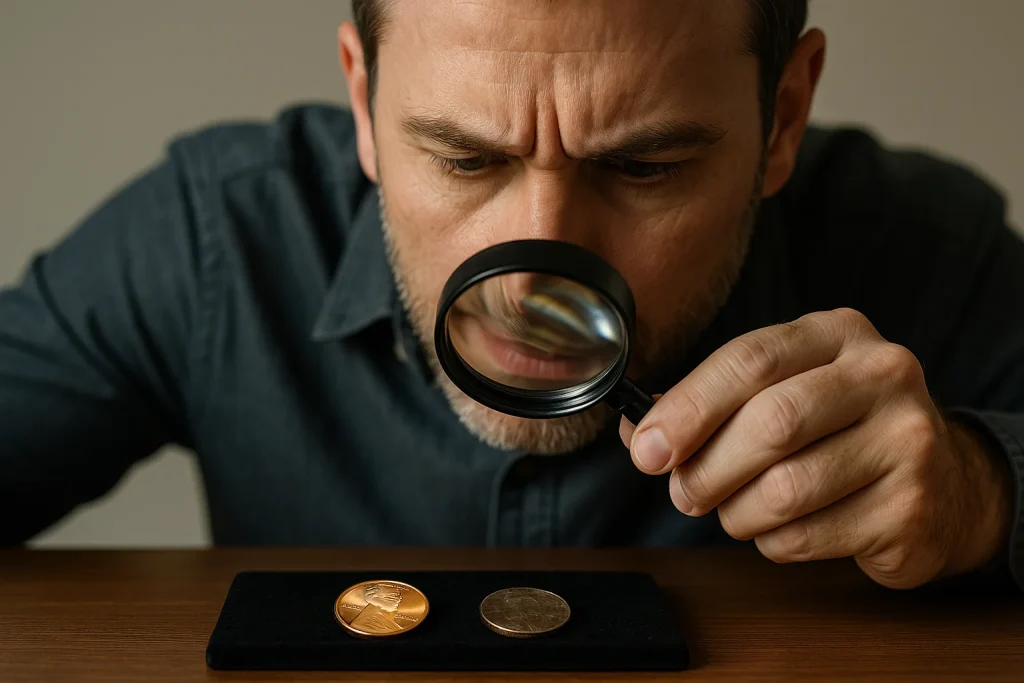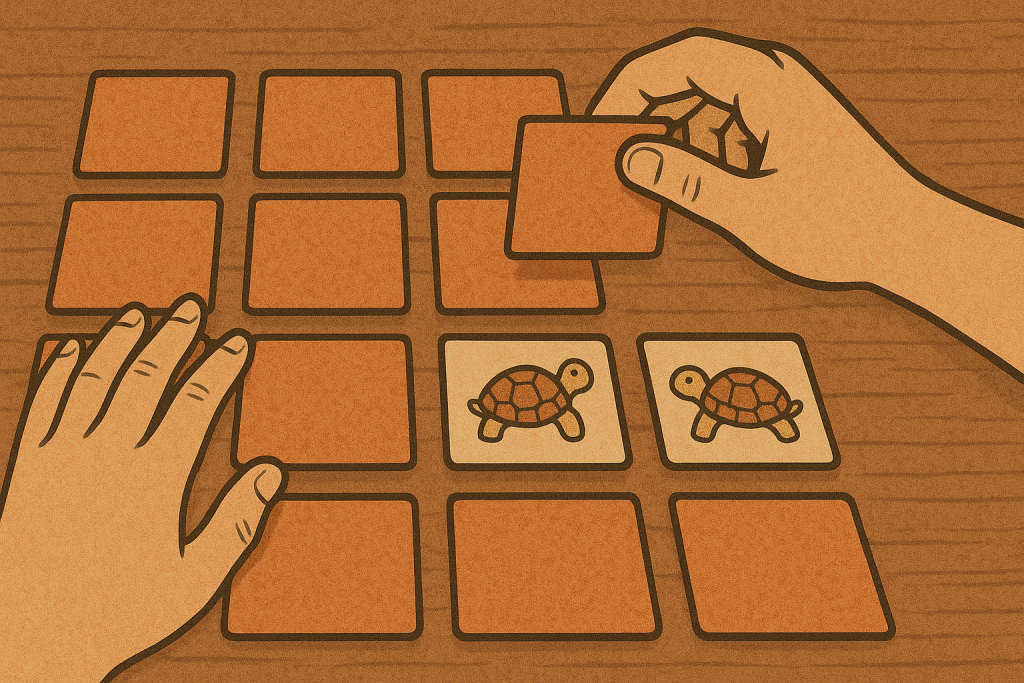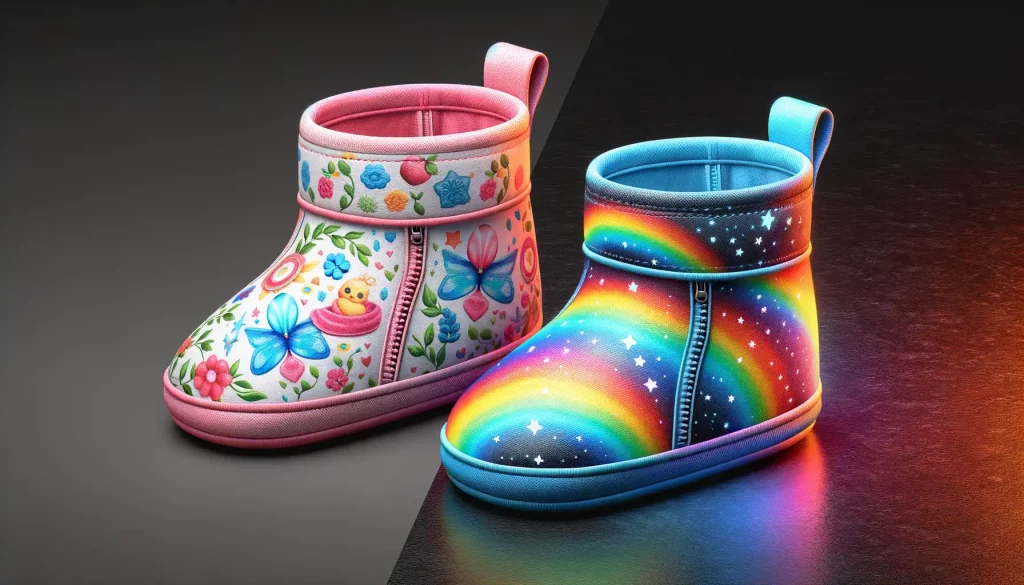Most of the quarters of the 2000 year continue to circulate as pocket change, foolishly spent without even a double glance. Among them, however, are a few stunning rarities searched for by collectors. The year 2000 was a fascinating time in modern U.S. numismatics — the early years of the 50 State Quarters Program, with designs honoring Massachusetts, Maryland, South Carolina, New Hampshire, and Virginia. All but one of them are common, though there are some mint errors, proofs, and high-grade 2000 quarters worth money that are rare gems.
For anyone who has held onto a 2000 quarter, the question is simple: could it be worth more than 25 cents? The answer depends on several subtle details that separate an ordinary coin from a collectible gem.

1. Look for Error Coins
Mint errors are one of the most exciting discoveries in modern coin collecting. In 2000, the US Mint was producing billions of state quarters — and even a tiny percentage of mechanical errors led to some stunning varieties. Off-center strikes, double strikes, broadstrikes, and missing clad layers are some of the highest-valued.
Collectors have sold 2000-D Virginia doubled die reverses and off-center strikes for over $700 in auction. Each imperfection has a market depending on condition and visibility. Minor die crack can sell for $20–$50, and show-stopping off-center specimens can sell for hundreds. Holding coins under good light and magnification can expose these hidden flaws making a find valuable and not average.
2. Check the Mint Mark
Mint marks tell you where your coin was minted — and sometimes, where its value is. Up through the year 2000, quarters were produced in Philadelphia (P), Denver (D), and San Francisco (S). The mint mark is positioned just below the date on the obverse (front) side of the coin.
San Francisco Mint coins are typically proof strikes to collectors, as opposed to the general circulation. Of those, the 2000-S silver proof quarters have a special premium because they contain 90% silver. An ordinary 2000-D Virginia quarter would be worth face value in circulated condition, but the uncirculated or silver-proof 2000-S variant can sell anywhere from $5–$15, depending on condition.
Mint marks also assist in establishing rarity within a series. Some 2000 Denver-strike coins, for instance, have more frequent die imperfections than Philadelphia-strike coins, creating additional interest for collectors with an eye for very small minting details.
3. Condition in High Grade Is Important
In today’s coin market, condition reigns supreme. Most 2000 quarters currently in circulation show signs of wear, scratches, or toning — all of which reduce collector value. But coins that are kept in near Mint State (MS) condition can command high prices.
Quality companies like PCGS and NGC use the Sheldon scale, 1-70. MS65 and above-graded coins are considered top quality. For instance, a graded MS68 2000-P Virginia quarter has sold for over $100, while a rare MS69 example can sell for thousands.
To assess your coin’s grade, look for sharp details, original luster, and lack of contact marks. Keep uncirculated specimens secure in plastic flips or capsules to preserve value over the long run. Even minimal handling will decrease a coin’s grade and potential market value.
4. Examine Special Varieties
All 2000 quarters are not alike — some possess fragile die varieties or striking abnormalities that can have a profound impact on value. These are discerning by collectors who see fine distinctions made during production, such as die cracks, doubling, or off-center designs.
As an example, the 2000 Massachusetts quarter has a common off-center striking flaw resulting in the overall state outline skewed toward the rim. One certified 25% off-center example graded by NGC once sold for about $100. These imperfections result from minor misalignments during minting but can make your coin stand out among millions of typical strikes.
Even slight die differences, such as doubling on letters or numbers, are also something to look for. A doubled die obverse (DDO) or doubled die reverse (DDR) will enhance collector value and demand. Examine fine details like “E PLURIBUS UNUM” or the state name under 10x–20x magnification loupe or with a magnifying glass.
5. Proof and Silver Coins Are More Valuable
Of the 2000 quarters, proof and silver issues are the most consistently valuable. They were never intended to be put into circulation and were produced for collectors through the U.S. Mint’s annual Proof Sets.
The San Francisco Mint (S) also produced clad proofs and 90% silver proofs in 2000, with deep mirror finishes and frosted reliefs. Their superior quality and low mintage make them desirable visually and financially.
Proof coins are easily identifiable by their mirror finish, reflective fields, and sharp detail. They are outstanding display pieces and command collector appeal decades post-issue. To keep them looking their mirror finish best, protect them in protection capsules or proof set holders.

6. Refrain from Gold-Plated and Modified Coins
Several companies sold colorized or gold-plated quarters in the early 2000s as an investment collectible. The coins typically consist of thin gold layers or painted pictures but possess no other bullion or numismatic value. Though they are attractive, they qualify as modified coins, not mint items.
Collectors must be able to separate legitimate issues by the U.S. Mint from modified ones offered by commercial promotions or television offers. If a coin is painted, plated, or inscribed, it typically only is worth face value if it is part of an officially sanctioned commemorative release.
If authenticity is an issue, utilize verified references or professional coin grading. A quick scan with software like the Coin ID Scanner application can authenticate your coin information and reveal whether there were any alterations made after minting.
7. Use Technology to Authenticate and Track
Modern collecting has come a long way from magnifying glasses and printed guidebooks. Modern-day coin collectors rely on sophisticated tools that deliver precision and convenience when identifying coins. One of the top ones is the Coin ID Scanner app, available for both Android and iOS devices.
The app allows collectors to scan or upload coins for instant identification. It provides complete details like mint year, mint mark, composition, weight, edge type, and approximate market value. With a catalog of over 187,000 coins, the app also provides AI-based identification and smart filters to let you verify rare 2000 quarters in just seconds. It even provides collection tracking features, so you can index coins, add notes, and keep your inventory organized in the digital world.
For collectors who routinely wonder about the authenticity or state of their finds, such technology eliminates guesswork and enhances accuracy. Rather than depending on physical examination alone, digital confirmation distinguishes genuine mint errors from post-mint damage or alterations.
How to Examine Your 2000 Quarter like a Pro
To see whether your 2000 quarter could be worth more than face value, adhere to the following easy checklist employed by expert collectors:
- Look for obvious errors – look for doubling, cracking, or off-centering strikes.
- Check the mint mark – “S” indicates proof or silver coins that are more valuable.
- Price thoughtfully – coins in MS65+ grades can match in value.
- Avoid fakes – plating and colorizing reduce the value of authenticity.
- Reference professional guides – cross-check with genuine listings on PCGS or NGC.
- Utilize technology – use apps like Coin ID Scanner to authenticate information.
2000 quarters mark a notable page in recent U.S. coinage — the height of the State Quarters Program, the collision of mass mintage and astonishing rarities. While most specimens are coins for face value, unexpected errors, proof appearances, and gem high-grade examples can realize hundreds or thousands of dollars.






